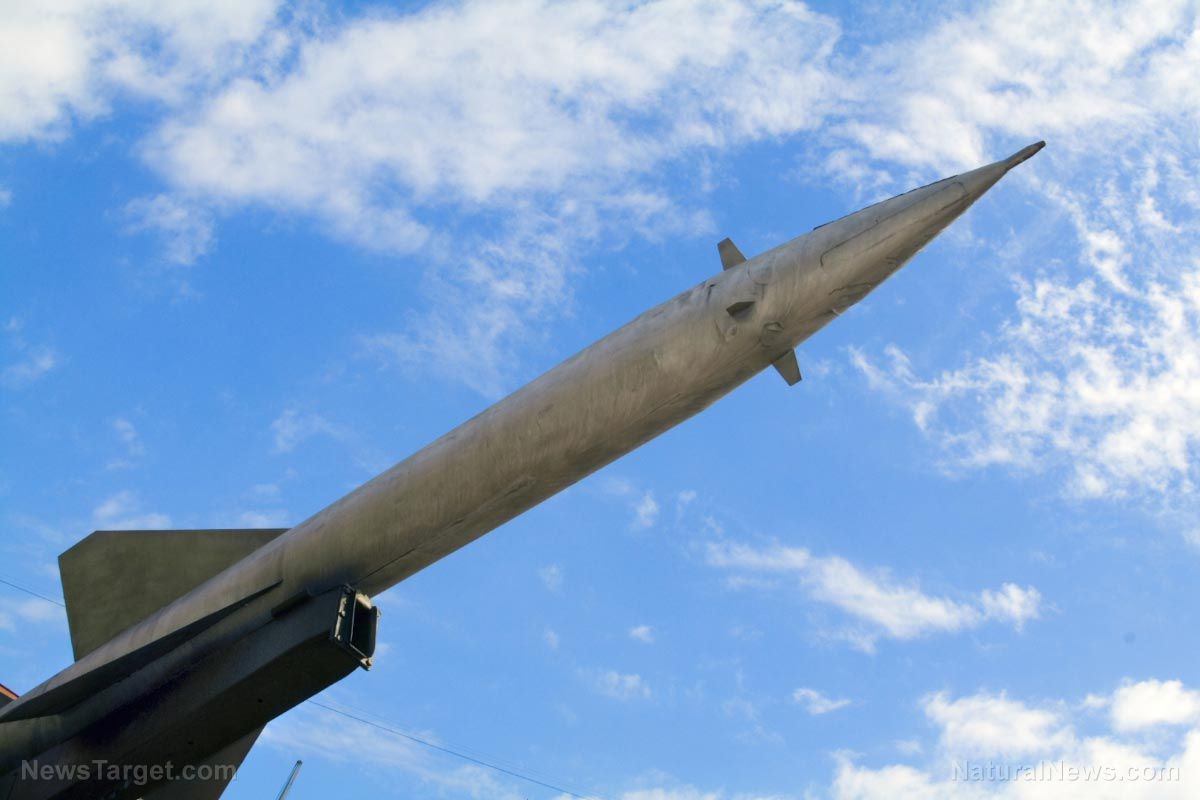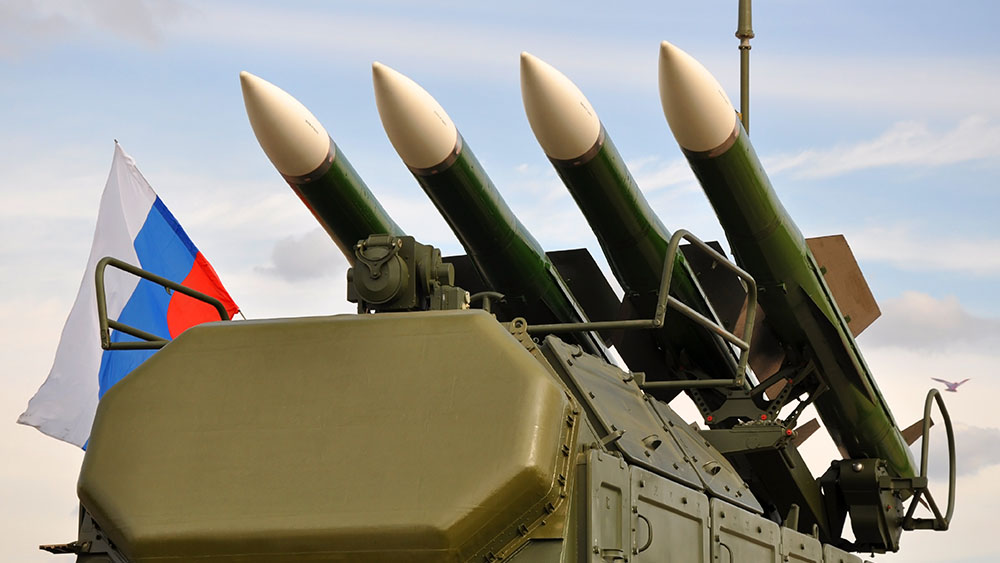
- Russia's Oreshnik hypersonic missile poses an unprecedented challenge to NATO, capable of speeds exceeding Mach 10 and carrying multiple independently targetable warheads, making existing air defenses obsolete.
- The missile's kinetic energy alone causes devastating damage, likened to a nuclear blast even with conventional payloads. Its ability to strike six targets simultaneously and penetrate bunkers forces a drastic shift in military calculations.
- The missile's deployment has rattled Europe, with warnings it could hit Brussels in 17 minutes and Polish bases in 11 minutes – pressuring NATO and amplifying fears of escalation. Some European leaders may seek diplomatic offramps rather than confrontation.
- The Oreshnik's dual conventional/nuclear payload capability blurs retaliation thresholds, aligning with Putin's escalation doctrine. Russian officials explicitly warn NATO of "catastrophic damage" within minutes if countered.
- Plans to supply Belarus with Oreshniks signal Russia's readiness for long-term confrontation, leaving NATO to reassess deterrence strategies against Moscow's solidified hypersonic advantage. Diplomatic solutions may dwindle as military threats intensify.
A broader warning to NATO
The Oreshnik's deployment coincides with Putin's tougher nuclear doctrine, which lowers the threshold for atomic retaliation. Kremlin adviser Sergei Karaganov framed the missile as a tool for controlled escalation: "We will warn [NATO] that if they respond to an attack, a nuclear strike would follow." Experts argue Russia is sending a dual message: Deterring Western support for Ukraine while pressuring U.S. President Donald Trump to prioritize diplomacy. "This is a very powerful message being sent," said Townsend, adding that Moscow is showing how serious and angry it is. Unlike earlier Russian missiles such as the Kinzhal, the Oreshnik's intermediate range of up to 5,500 kilometers (3,417 miles) allows strikes across Europe without crossing the nuclear threshold. However, its ambiguity creates a perilous deterrent scenario; potential nuclear payloads are indistinguishable from conventional ones. Ukrainian officials downplayed the missile's battlefield impact, emphasizing that the Yuzhmash strike caused no fatalities. Still, Kyiv's Western backers recognize the strategic disruption. The DoD confirmed the Oreshnik's lineage from Russia’s RS-26 ICBM, now repurposed in violation of defunct arms treaties. As Putin hinted at supplying Oreshniks to Belarus, analysts warn NATO must brace for a new phase of confrontation. With Moscow's hypersonic advantage solidified, diplomatic offramps may narrow – leaving the West to weigh deterrence against the specter of unchecked escalation. Watch American missile technology expert Theodore Postol pointing out that there is no missile defense system in the world that can intercept the Oreshnik. This video is from The Prisoner channel on Brighteon.com.More related stories:
Putin claims Oreshnik missile reduces need for nuclear weapons. Russian state media says Oreshnik missiles can hit American bases within minutes. Putin vows to massively expand stockpile of Oreshnik hypersonic missiles as Russia intensifies attacks on Ukraine. Sources include: RT.com APNews.com TASS.com Brighteon.comU.S. tariff threat hangs over India and global oil market ahead of Trump-Putin summit
By Willow Tohi // Share
Hungary condemns Ukrainian drone strike on Russian oil pipeline
By Ramon Tomey // Share
Trump federalizes D.C. police, deploys National Guard in sweeping crime crackdown
By Laura Harris // Share
AI-powered radar can now spy on your phone calls from 10 feet away
By Ava Grace // Share
A viral video ignites federal firestorm over Minnesota fraud
By willowt // Share
Russia activates "unstoppable" Poseidon tsunami drone
By kevinhughes // Share
Russian FM Lavrov: Moscow will back China on Taiwan issue
By ramontomeydw // Share
The breakfast clock: Why timing your morning meal is a secret weapon against high cholesterol
By jacobthomas // Share
The Health Ranger's New Year Revolution: The ultimate guide to health, wealth and freedom
By kevinhughes // Share
"Absolute Healing" on BrightU: Experts explore COVID-19 as an engineered bioweapon
By jacobthomas // Share











